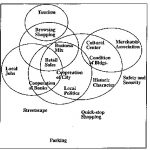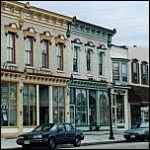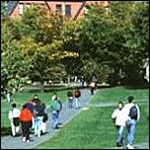Evaluating the Health of Downtowns
The Health Perception Index (HPI), as described and utilized throughout the study of small cities in Michigan, provides a base Index evaluation against which other factors may be compared. The study included sixteen downtown characteristics, and analyzed their relative importance to the downtown health. Read more . . .
Read More...






